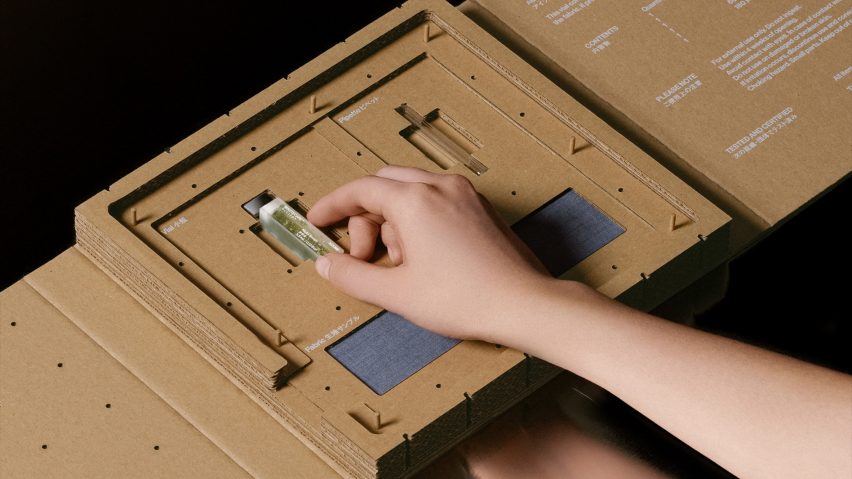
Wastecare is a face serum made from Aizome's industrial wastewater
German branding and advertising agency Serviceplan has developed a skincare product made from textile-industry wastewater to promote Japanese startup Aizome's chemical-free dyeing process.
Aizome wanted to garner attention for its newly developed dyeing technique that uses high-frequency soundwaves to add plant-based colours to its textiles.
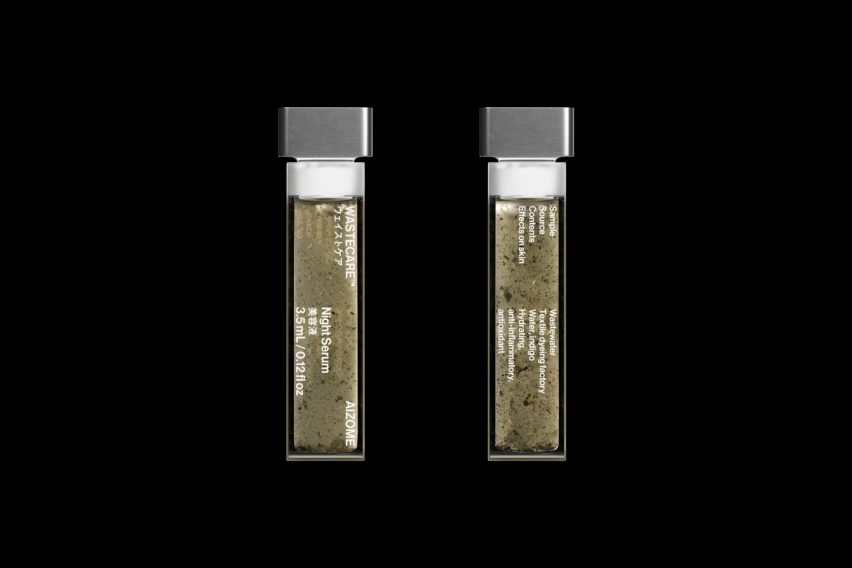
To demonstrate the environmental and health benefits of this innovation, among the huge number of sustainability claims being made in the textile industry, it worked with Serviceplan to launch Wastecare.
The skincare product was made primarily from the wastewater produced during Aizome's plant-based dyeing process. This sees it apply ultrasound to organic cotton fibres soaking in plant particles, which means they bind permanently.
According to Serviceplan, the wastewater from this process was chosen to be used for Wastecare as it retains the health benefits of the medicinal indigo plants.
The skincare product can be applied to the face and neck and has hydrating, anti-inflammatory and antioxidant effects, the agency said.
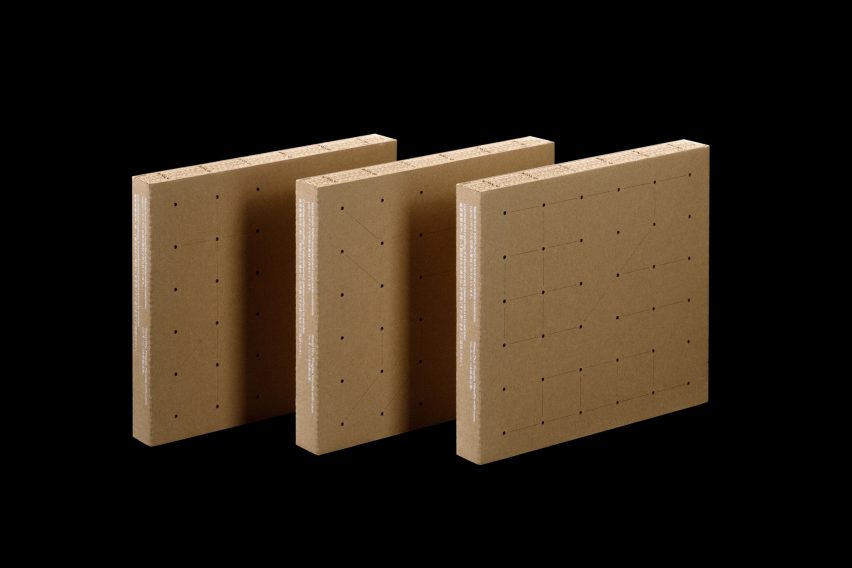
Serviceplan developed an identity, packaging and information for the Wastecare serum, which was then sent out to key figures in the textile, fashion and healthcare industries earlier this year in the style of a high-end beauty product.
The agency chose to focus on the concept of blending tradition with science, as a reference to Aizome's technological adaptation of traditional Japanese dyeing methods.
To highlight that Wastecare is delivered straight from the textile factory, the serum was bottled in a laboratory-type glass vial, for which Serviceplan developed a custom lid made of recycled aluminium.
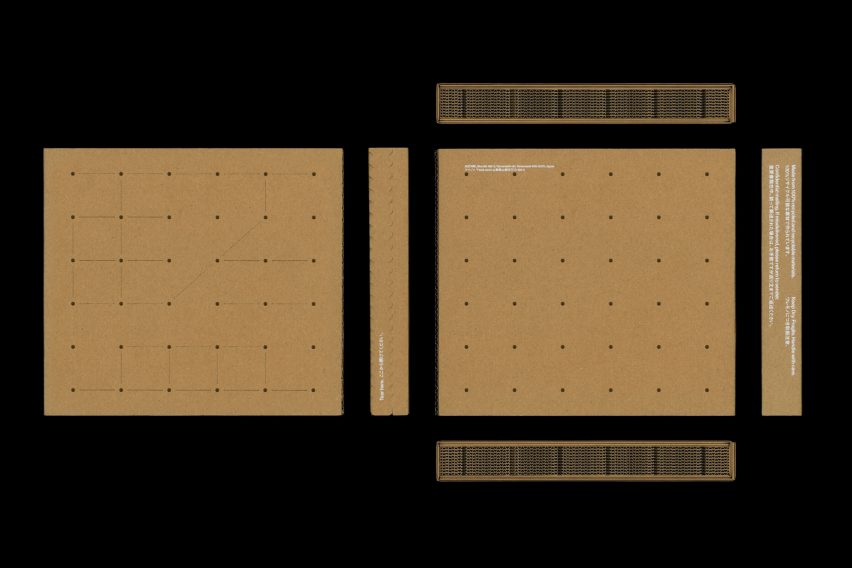
The vial was packaged in a recycled, recyclable cardboard box, layered to make it sturdy enough not to require an outer box meaning that shipping emissions were reduced.
On the front of the box, thin lines were cut between a grid of dots to form the Japanese character for either indigo (藍), flow (流) or cherish (拾) in a manner reminiscent of molecular diagrams.
The dots motif was continued across the other materials contained in the box – four double-sided leaflets, a 12-page booklet and a six-fold poster.
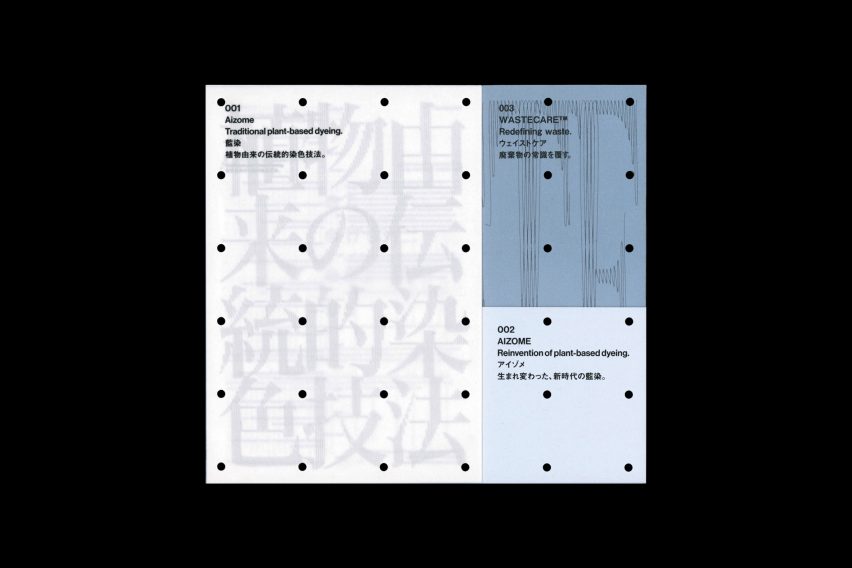
These provided the recipients with information about Aizome and the Wastecare product.
A specially developed font informed by both the ultrasound waves used in Aizome's dyeing method and the traditional Japanese Mincho typeface, which Serviceplan calls Custom Ultra One, was used for titular text throughout.
As an additional reference to the dyeing process, the printed materials ranged from translucent white to dark indigo.
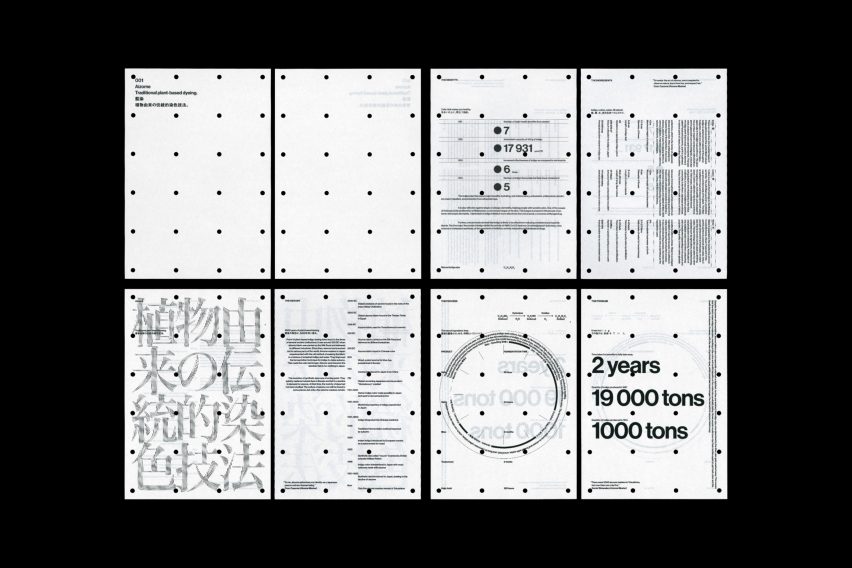
The leaflets, on unbleached white paper resembling undyed natural cotton balls, explained traditional Japanese indigo-dyeing methods.
In the soft-blue-coloured booklet, data visualisations illustrated the Aizome company timeline and its Aizome Ultra dyeing process, while the deep-indigo poster presented figures about the benefits of dyeing with ultrasound versus industrial chemicals.
According to Aizome, more than 1,500 harmful chemicals are used in conventional textile production, with the European Commission reporting that up to 79 per cent of skin diseases worldwide are caused by dyes.
"While getting to know the brand more closely during the unboxing, we wanted people to rethink everything they know about textiles and waste," said Serviceplan.
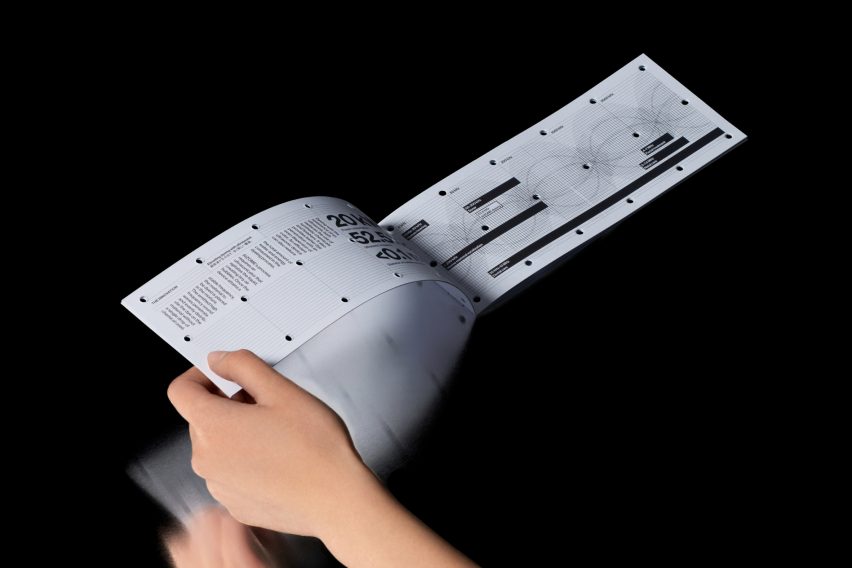
"From the earthy cardboard box to the deepening of the colour blue in the editorial folder, every layer conveys the brand's purpose and beliefs for a sustainable production process," it added.
Serviceplan's design, which was produced in collaboration with a number of other studios, has been shortlisted for Dezeen Awards 2023 in the graphic design category.
Traditional plant dyeing dates back 5,000 years but died out in the early 20th century as non-fading synthetic dyes became widespread.
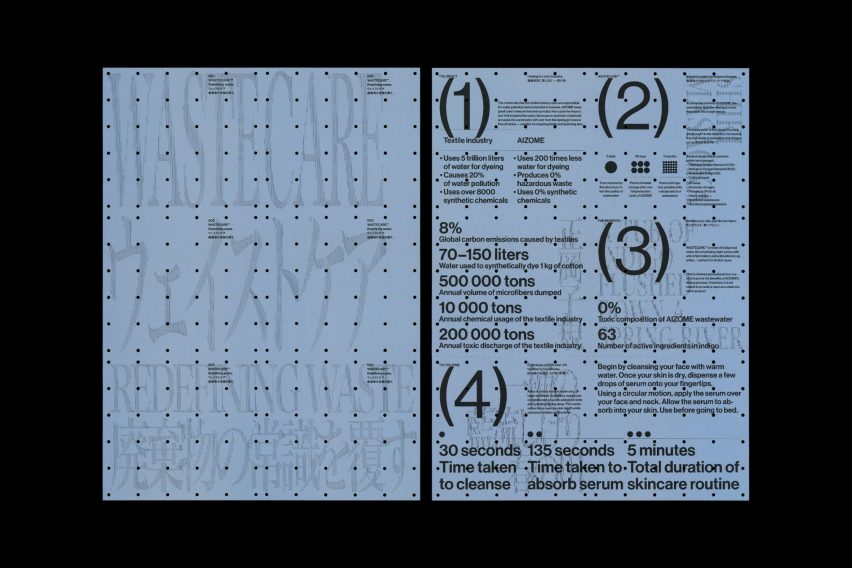
"Our strategy was to prove that even the absolute worst part of Aizome's textile-dyeing process – the waste – has value like no other," said Serviceplan.
"We chose skincare as the medium for this message because it's intimate and even considered to hold value, in contradiction to what the world regards as 'waste'."
Most of Aizome's wastewater is reused as fertiliser.
Projects previously featured on Dezeen that involve innovative approaches to dyeing include Vollebak's algae dye, Nienke Hoogvliet's use of seaweed and Loop Loop's process for colouring aluminium with plants.
The images are by Serviceplan.